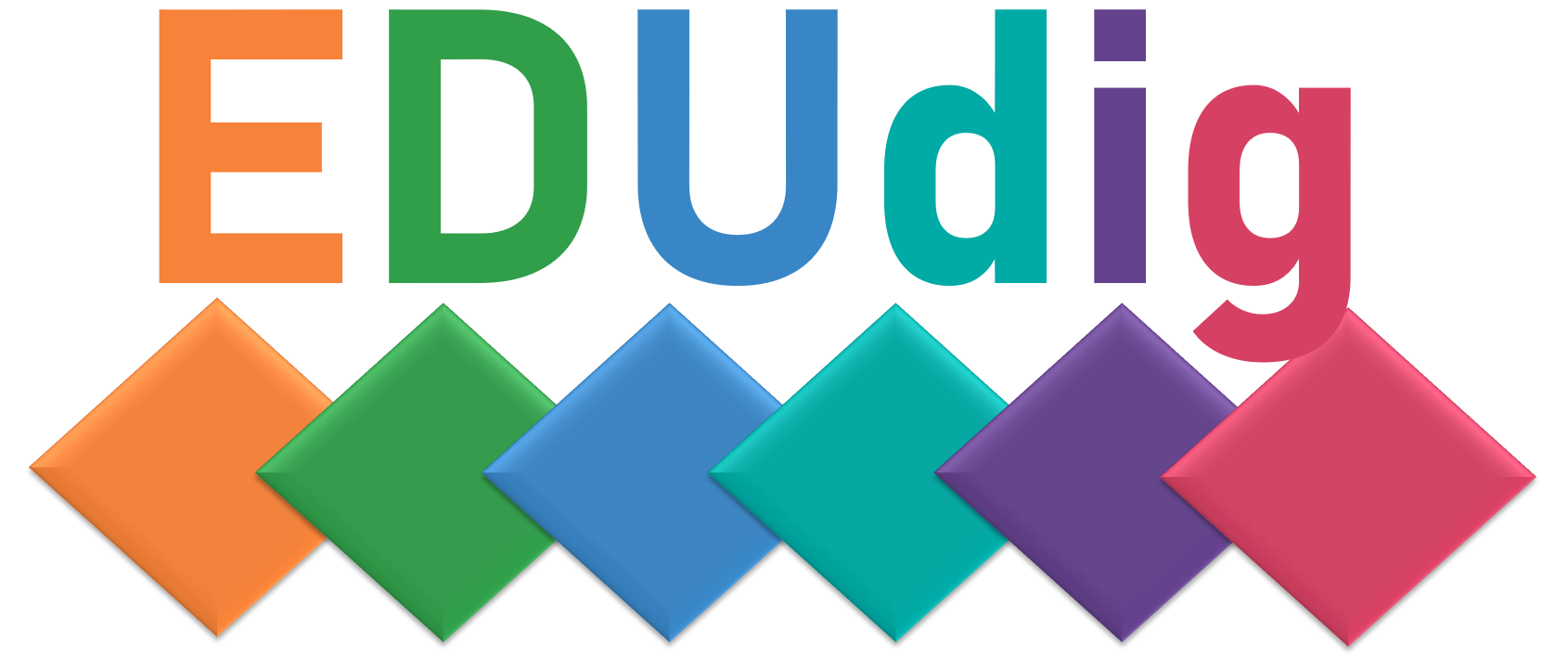The main aim of summative assessment is to is to measure the learners’ progress at the end of the learning process by comparing it against a set standard or benchmark. Some examples of summative assessments are: final project reports; final essays; final oral presentations; end-of-term or midterm exams; etc.
Best practices for educators in summative assessment are:
- To link activities to real-world scenarios;
- To write clear, easy to follow instructions;
- To develop and share a rubric for learners to what is expected of them.
It is important to consider discussing the results with the learners. Given that it is not always possible because this assessment moments tend to occur at the end of the learning progress, there is advantage in having the educator’s feedback online, so that learners can identify areas for improvement and (re)adjust their learning strategies. For reports or essays, besides online rubrics, educators can use online review tools.
